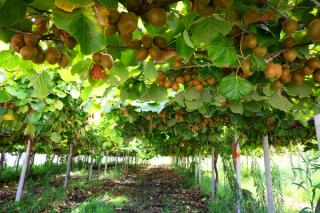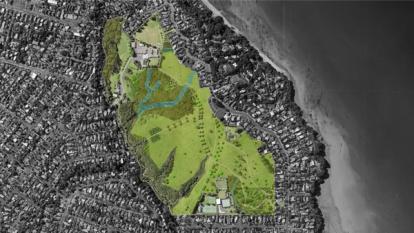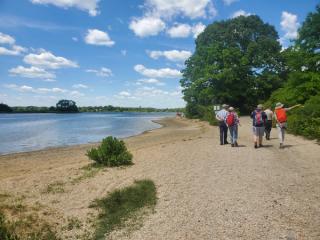
Churchill Park Ngahere Enhancement Plan
- Client Name
- Auckland Council – Parks and Community Facilities
- Location
- Auckland, New Zealand

Challenge
Churchill Park within the East Auckland suburb of Glendowie is managed as a "countryside in the city", stretching 40 hectares with grazing cattle in open pastures, scattered stands of pine trees interspersed with pockets of ngahere (bush) and a network of walking tracks. At the heart of the community, the park is surrounded by residential properties and joins Churchill Park Primary School, a bowls club, the local playcentre and scout/guide buildings.
The park's pine trees are between 80 and 100 years old, in steep decline, and are fast approaching or past their life expectancy. Recent storms have brought many of the pine trees down, highlighting the urgency for action. Auckland Council needed a solution that managed the risk created by ageing pine trees whilst enhancing biodiversity, retaining the rural character, and keeping the park an attractive destination for the community.
Solution
A comprehensive Ngahere Enhancement Plan was devised in collaboration with a wide range of experts (landscape design, ecologists, arborists, acoustics, erosion and sediment control, contaminated land, and planners), both in-house and from partnering consultancies. The plan included indigenous vegetation focused around riparian margins (which has the added benefit of keeping stock away from streams and wetlands) and exotic specimen planting within groves and avenues throughout the park.

The team was appointed to manage the resource consent application, draft the assessment of environmental effects, and develop a planting plan, fencing plan and paddock management plan in collaboration with other experts within the wider project team. Our Planning team led the resource consent application, liaised with the various specialist contractors, and supported the Council with iwi engagement and community consultation.
Rather than letting the pines fall down, it was decided to pro-actively fell the trees in a controlled manner and replace them with succession planting consisting of 70% indigenous and 30% exotic species that met the Local Board objectives. This included creation of several orchard areas to provide a source of fruit for the community and establishing specimen trees from around the world chosen for their cultural significance, carbon sequestration attributes and autumnal colour. As this new planting will affect existing pastureland, the landscape team also devised a paddock management and fencing plan to assist with retaining the 'countryside' ambience whilst protecting the new planting from the grazing cattle.
Climate change resilience was an integral consideration of the design. Tree species were selected for their ability to sequester carbon. The planting is projected to neutralise the carbon deficit of pine tree removal within three years of establishment, then provide significant net benefit as the planting matures.
As the park was suspected to have been exposed to historic chemical spraying, the team prepared a soil handling plan that provided guidance to control potential health, safety and environmental issues related to disturbance of potentially contaminated ground during tree felling and planting, and to comply with regulatory standards.
Impact
Delivery of the Ngahere Enhancement Plan will transition Churchill Park from a landscape heavily influenced by declining pine trees to a more biodiverse ecosystem that provides a myriad of environmental and community benefits that align with various Council plans and strategies. The resource consent application was granted in 2023, and planting will begin in the winter of 2023.
"We now have the resource consent, and I would like to thank you for the role you played. Ever since we started the resource consent application process, you provided an exemplary service and advice and the fact that you were involved was critical for the successful resource consent application. The documentation you and your colleagues produced along the way is of exceptional quality and will go a long way when the project is being delivered. Throughout the process I knew we can rely on you and contact you at any time and you would have the answers. Many thanks Simon, it is a great pleasure working with you and 4Sight, (now SLR)."
David Stejskal, Regional Arboriculture and Ecology Manager, Parks and Community Facilities, Auckland Council

